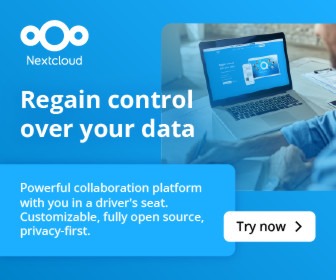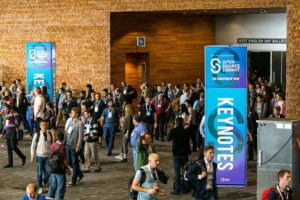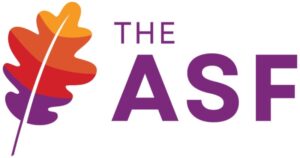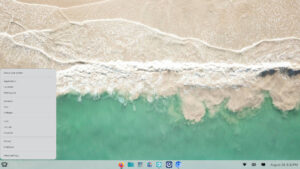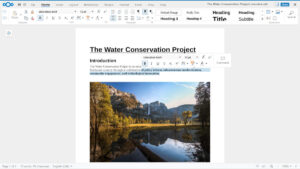You don’t have to use Fedora to attend the Fedora 42 Release Party, but you will have to get up early if you live in the US. The party starts on Thursday at 9 am on the east coast, and at 6 am for those overlooking the Pacific.
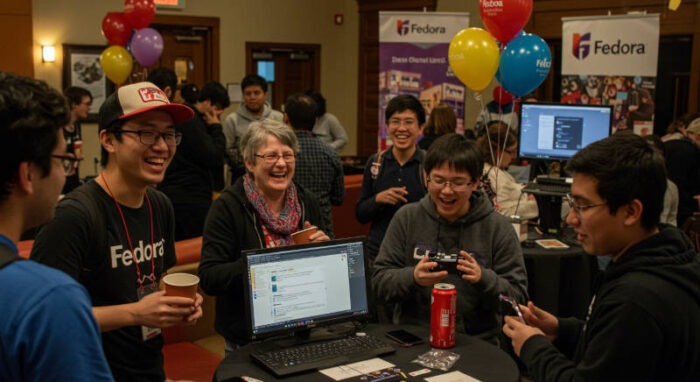
It’s been more than a month since Fedora 42 was released, so you know that’s gotta mean that a Fedora 42 release party is in the works.
Actually, it’s more than in the works, it’s just about here. It’s scheduled to take place on Thursday, and the required free registration is already open (with the keyword here being “free!”). The online event is happening in a dedicated Matrix room. Once inside, attendees will be treated to a three-hour mix of both live and prerecorded short sessions, taking place from 1300 UTC-1600 UTC (9 am to 12 pm Eastern Time).
What to Expect
Those who decide to virtually party hearty the Fedora way will be treated to 10-15 minute sessions that “highlight all the good stuff that went into our [Fedora 42] Editions this release.” More interesting than that, at least to me, is there’ll be news about Fedora’s new Cosmic spin. This distro is already available, with the latest alpha release of System76’s Cosmic as its default desktop environment, so it should be interesting hearing what people who are already running it in the real world have to say about it.
In addition to the presentations (the schedule’s already posted online), attendees will be able to gather in an event room to share thoughts, ask questions, and connect with others who are passionate — or not — about Fedora. “Some speakers will be available for questions,” event organizers said, “but if you have any specific ones, you can always follow up with them outside of the event.”
If you’re wondering why you have to register for a free event… well, that’s normal and the way just about everybody does it. If you still want to know why, Fedora explains that they have no other way of collecting metrics on the event and besides, they’d like to avoid spammers and potential disruptors as much as possible.
“That’s why we are using a free registration system that will send an invitation to your email in advance of the event,” organizers said. “We recommend registering in advance to avoid any last minute-issues, but just in case they are unavoidable anyway, we will have someone on hand to provide the room invite to attendees who have not received it.”
In other words, Fedora’s doing all it can to have your back.
Change of Format
This year’s party will kinda sorta represent a change of format for the event. I say “kinda sorta” because every year seems to represent a change of format.
For Fedora 40’s release, the project tried a two-day event of live presentations, streamed via YouTube into a Matrix room over a Friday and Saturday. “This was fine, but probably a little too long to ask people to be able to participate for in full,” organizers said.
After 41, they took another tack and offered ‘watch parties’ across three time zones: APAC (Asia-Pacific), EMEA (Europe, Middle East, and Africa), and NA/LATM (North America/Latin America). “This was OK, but had a lot of production issues behind the scenes, and unfortunately some in front of the scenes too!”
For this event, organizers decided to seek the advice of people who might attend the party.
“We decided to run a poll to collect some feedback on what kind of event and content people actually wanted,” they said. “The majority prefer live presentations, but time zones are unfortunately still a thing so we have decided to do a mix of live and prerecorded sessions via Restream in a dedicated Matrix room. Each presentation will be 10-15 minutes in length, a perfect amount to take in the highlights, and the event itself will be three hours in duration. Let’s see how this remix goes.”
As always, sessions will be available on the Fedora YouTube channel after the event’s over, for folks who want to watch again or catch up a bit.
Christine Hall has been a journalist since 1971. In 2001, she began writing a weekly consumer computer column and started covering Linux and FOSS in 2002 after making the switch to GNU/Linux. Follow her on Twitter: @BrideOfLinux


